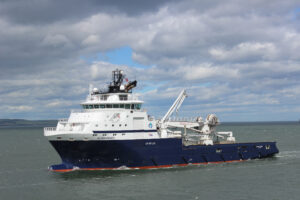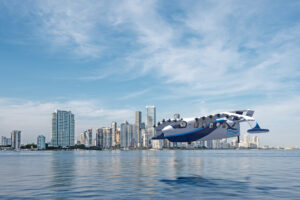All North Sea helicopters equipped with EBS
Every helicopter flying for the offshore oil and gas industry in the UK is now equipped with a new CAT-A Emergency Breathing System, the Step Change in Safety has revealed.
The new Emergency Breathing System (EBS) to be used in offshore travel has been approved by the Civil Aviation Authority meaning that the new equipment is allowed into service.
As of today, September 1, 2014 all UK passengers travelling by helicopter to and from an offshore installation, who are not seated next to an emergency exit will be required to wear this device.
From 1st January 2015, all UK passengers on all UK helicopter flights to and from an offshore installation will be required to wear this device.
When asked to comment on the EBS implementation, Bond Offshore Helicopters, one of the UK’s leading offshore helicopter companies, sent the following statement to Offshore Energy Today:
“All Bond Offshore Helicopters’ flights have successfully transitioned to the new CAT-A Emergency Breathing Systems as of today (Sept 1). The transition went according to plan. We don’t anticipate this having any impact to our flights.”
Related: UK CAA introduces measures to boost offshore helicopter safety
The EBS is a product of an initiative launched by the Civil Aviation Authority to increase the safety of offshore helicopter flights, following a fatal crash of the Super Puma L2 helicopter, owned by CHC, in August 2013. Four passengers died, 14 were rescued.
51,700 trained
According to STV.TV, more than 51,700 offshore workers in the UK have been trained in using the new survival system. All UK based and required international OPITO approved BOSIET/FOET training providers have been approved to deliver training, which started mid July 2014.

The new EBS was first launched on Monday, August 18, on a Bristow Helicopters’ flight from Scatsta airport on the Shetland Islands to a platform in the Northern North Sea.
Training requirements
In its newsletter Step Change in Safety explains that the minimum training requirement for the use of the EBS survival equipment is that everyone watches the training video. However, the Step Change in Safety recommends using the safety equipment in a controlled classroom environment.
“In the unlikely event that a passenger finds themselves offshore having not done the training, and are due to fly on a helicopter that is using the EBS, they can watch the training video on the installation,” the Step Change in Safety explains.
The video below shows the training video which is played at every training session:









